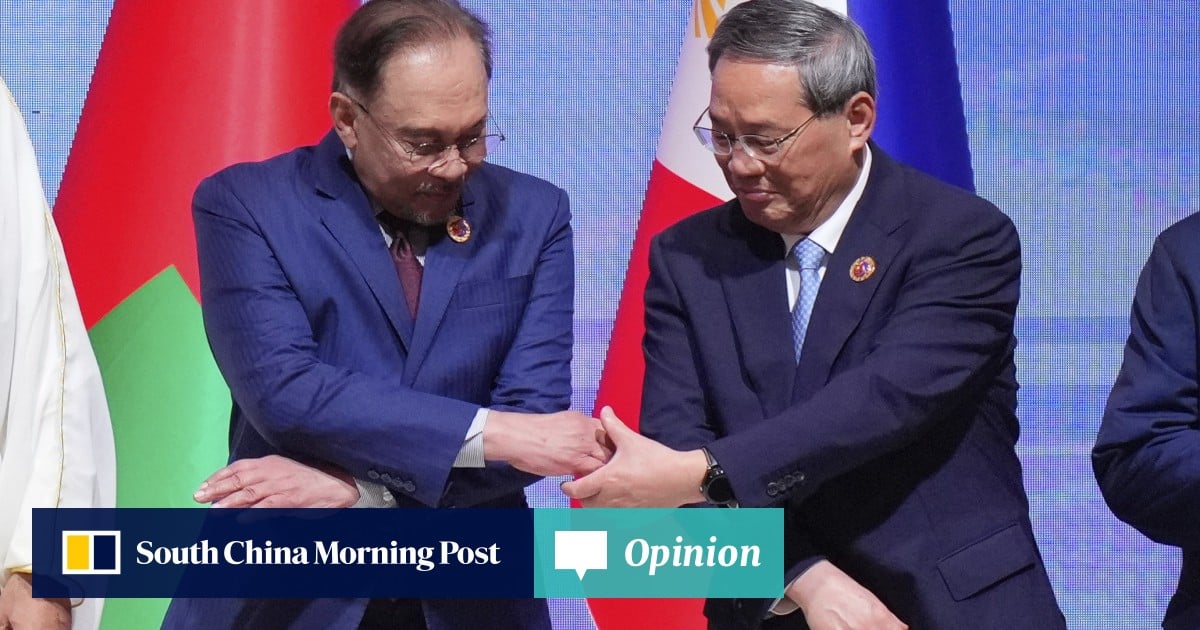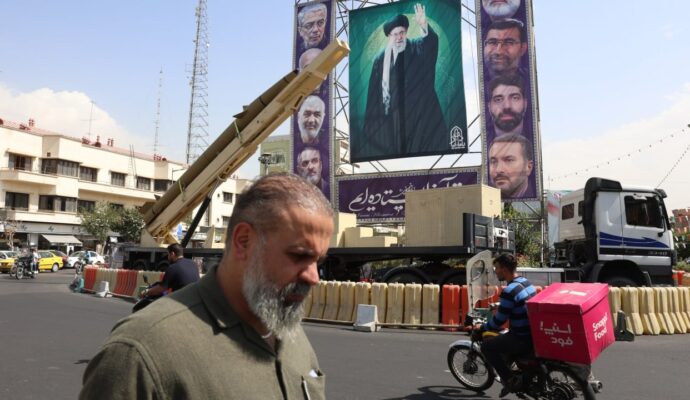
Middle and major powers are using trade, investment and technology as weapons of influence in pursuit of triangular diplomacy, a stratagem of Cold War realpolitik. However, the strengths of this approach – agility, ambiguity and tactical scope – hide the dangers of entanglements that escalate instability.
Advertisement
A nation triangulates by balancing and manoeuvring between two other powers, building leverage, reducing dependency and becoming indispensable to multiple sides without fully committing to any.
Triangular diplomacy is now a prominent approach for leaders negotiating a world where post-war institutions are in decline, autarkic capitalism is emerging, military budgets are soaring and multilateral commitments are being reassessed by US President Donald Trump.
President Richard Nixon’s emissary, Henry Kissinger, orchestrated this statecraft in the 1970s by using the Sino-Soviet rivalry to bolster America’s power. He fostered closer ties with Beijing and Moscow individually as he kept both unsure of Washington’s commitment to either.
That strategic ambiguity prevented adversaries from uniting against the US. Kissinger controlled the narrative using media management and backchannel negotiations to achieve detente with the Soviet Union, open relations with China and strengthen America’s global influence.
Advertisement
Today, emphasising ambiguity and asymmetry, China is pursuing triangular diplomacy across several axes – between the Association of Southeast Asian Nations (Asean) and the United States; Europe and the US; Russia and India; Gulf states and Iran; and the Global South and the West. China is also a target of triangular diplomacy by the US, India, Saudi Arabia, Brazil and others.

